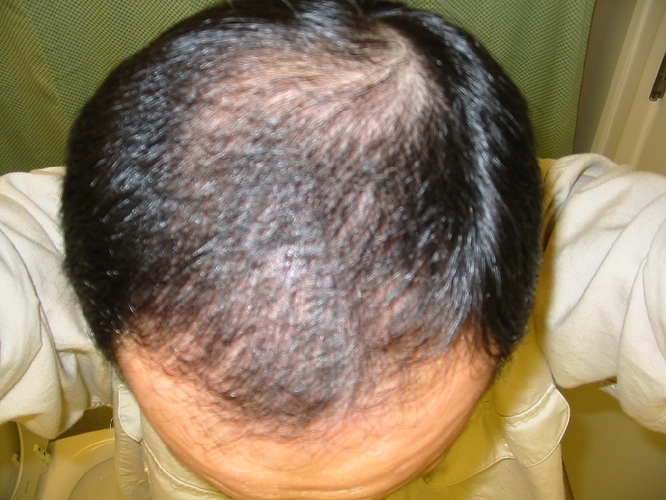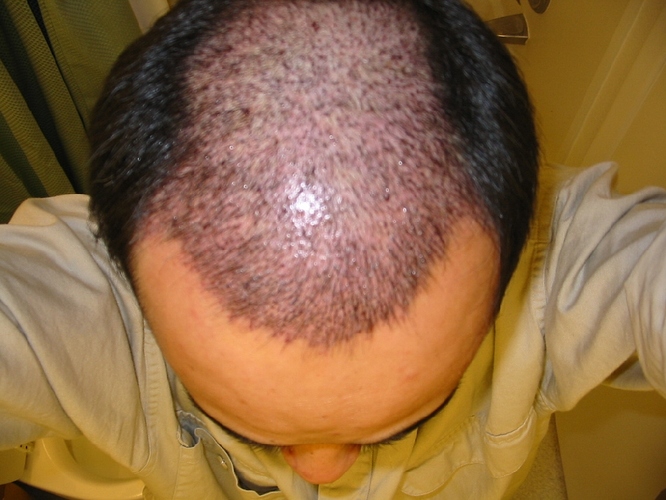A patient inquiry that emerges time and again involves the shaving of the recipient area for hair restoration surgery. Patients can, and in many cases do, go forward with a large session of follicular unit transplantation without shaving the recipient area. While this approach can be hugely successful, there are advantages to allowing your physician to trim the recipient area.
Many hair restoration patients wish to go forward with their surgeries with longer hair. Indeed it makes sense to keep the remaining natural hair in the recipient area long, as this hair can be combed over to conceal the scabs immediately after the operation. It would also stand to reason, if an individual is seeking hair restoration to address their baldness, they will not be inclined to buzz the precious few remaining follicles in their recipient area.
In some cases it is beneficial to partially or entirely trim the thinning hair in the recipient zone. A crucial factor in recipient site cutting and grafts placement is visualization. The better the doctor can see the recipient area, the easier it is to design the site and place the grafts.
While it should be no problem for a qualified physician and staff to work in and around longer and uncut recipient hairs, the process is tedious and takes more time. This should not present a problem for a moderate-sized session over a large area of scalp. Assuming a skilled staff is handling your surgery, you should not be concerned with a decline in the quality of the result. On the other hand, there are circumstances during which the doctor and patient should consider trimming the recipient area. For dense packing and for surgical sessions with a large number of grafts it can be a good idea to shave. When cutting many tiny slits within extremely close proximity, increased visualization may help with accuracy as well as minimize the potential for shock loss. Although studies indicate that well-stored grafts can remain out of body for many hours without comprising growth rate, it is advisable to place grafts quickly and accurately. Moreover, grafts will need to be placed rapidly during mega sessions in order to finish the surgery within a reasonable period of time (for the staff and the patient).
Patients should discuss the pros and cons of different recipient area preparation with their physician prior to surgery to get a sense of the best approach for their particular circumstances. While shaving the recipient area helps the techs and the doctor the vast majority of patients do not wish to have the hair cut short. Obviously some professions prohibit patients from cutting the hair. These patients would prefer to hide the work.
Attached you will find photo examples of shaven and unshaven recipient areas post surgery. The shaven patient received 2,500+ grafts with Dr. Rose via the strip method. The unshaven patient received 2,200+ grafts with Dr. Rose also via strip.
SHAVEN - 2,514 Grafts:
UNSHAVEN - 2,294 Grafts:


